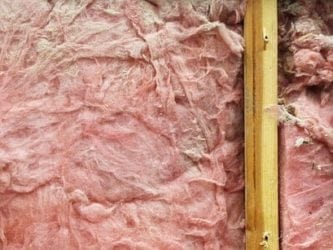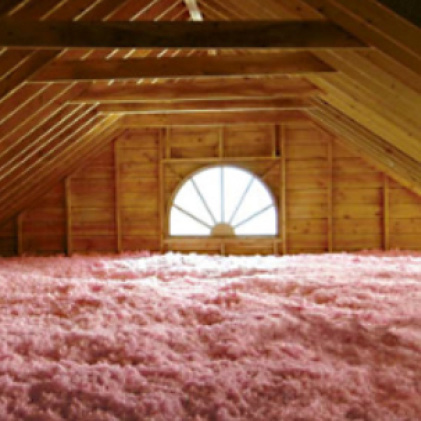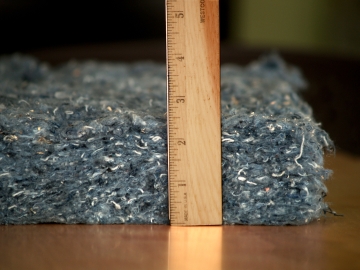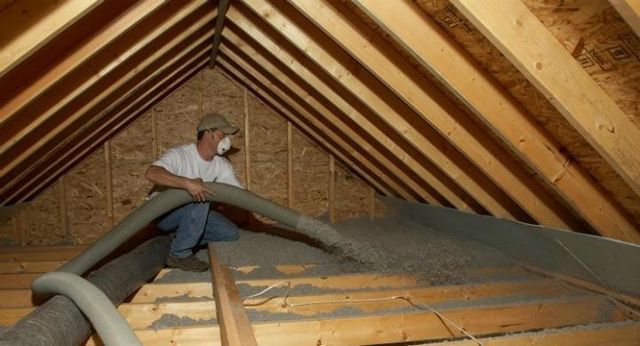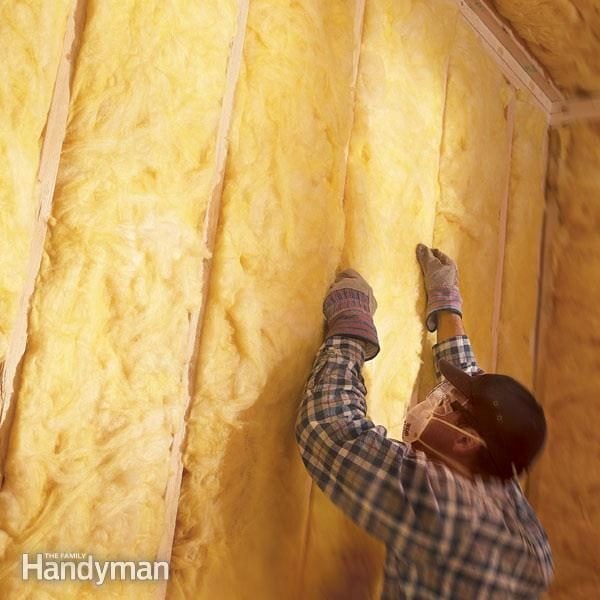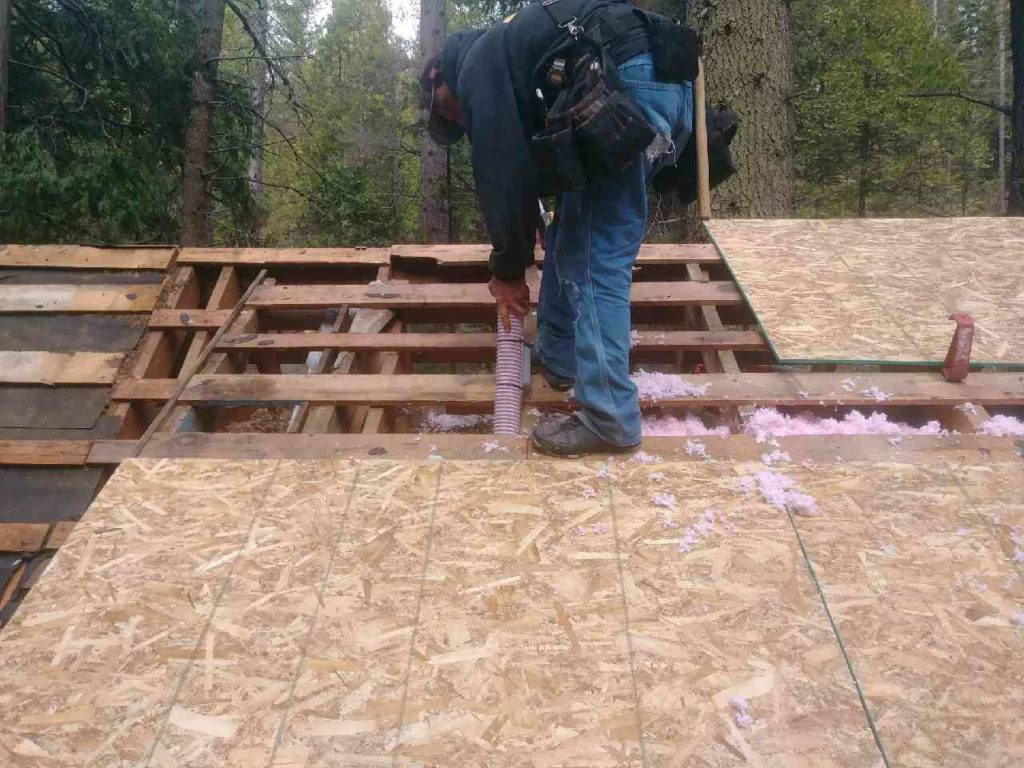Fluffing Attic Insulation

With these quick steps and a trip to the hospital i saved money on heating and cooling bills by fluffing up my attic insulation.
Fluffing attic insulation. Blowing insulation into walls is best left to the pros because it involves drilling into stud spaces that may contain electrical. Hope you like it. The icaa hopes that the plan to stop fluffing and cheating will be considered by contractors state and local building authorities utilities and the federal trade commission. Loose fill or batt the common term for blanket insulation.
If your attic or wall insulation is in batt or blanket form whether it s fiberglass cellulose or another material you generally don t have to be concerned about asbestos. It conditions the atticat expanding blown in pink fiberglas insulation by breaking it up and fluffing it adding millions of the tiny air pockets that give the material its insulating power. The settling of loose fill insulation is only a problem because you lose inches faster than the r value per inch increases. In an attic there is a tremendous amount of pressure developed as air enters through the eave vents and travels upward to exit through the upper portion of the roof.
The types of insulation that were most commonly made with asbestos are loose fill also called blown in insulation. Once you ve decided which type is best for you examine the material options and prices to home in on the right product. Handy homeowners can install blown in insulation in the attic. Fluffing what you have now would save you a little bit of cellulose but if you still fill to the same depth but would leave you less insulated.
Fluff your insulation as. Both can be added to uninsulated attics or layered over existing material. The contractor blows in the fiberglass insulation to the depth stated on the bag label for example 13 inches to achieve r 30 but ends up covering perhaps 70 ft2 instead of the 50 ft2 it is supposed to cover because the fiberglass is fluffed. For diy attic insulation you ve got two choices.

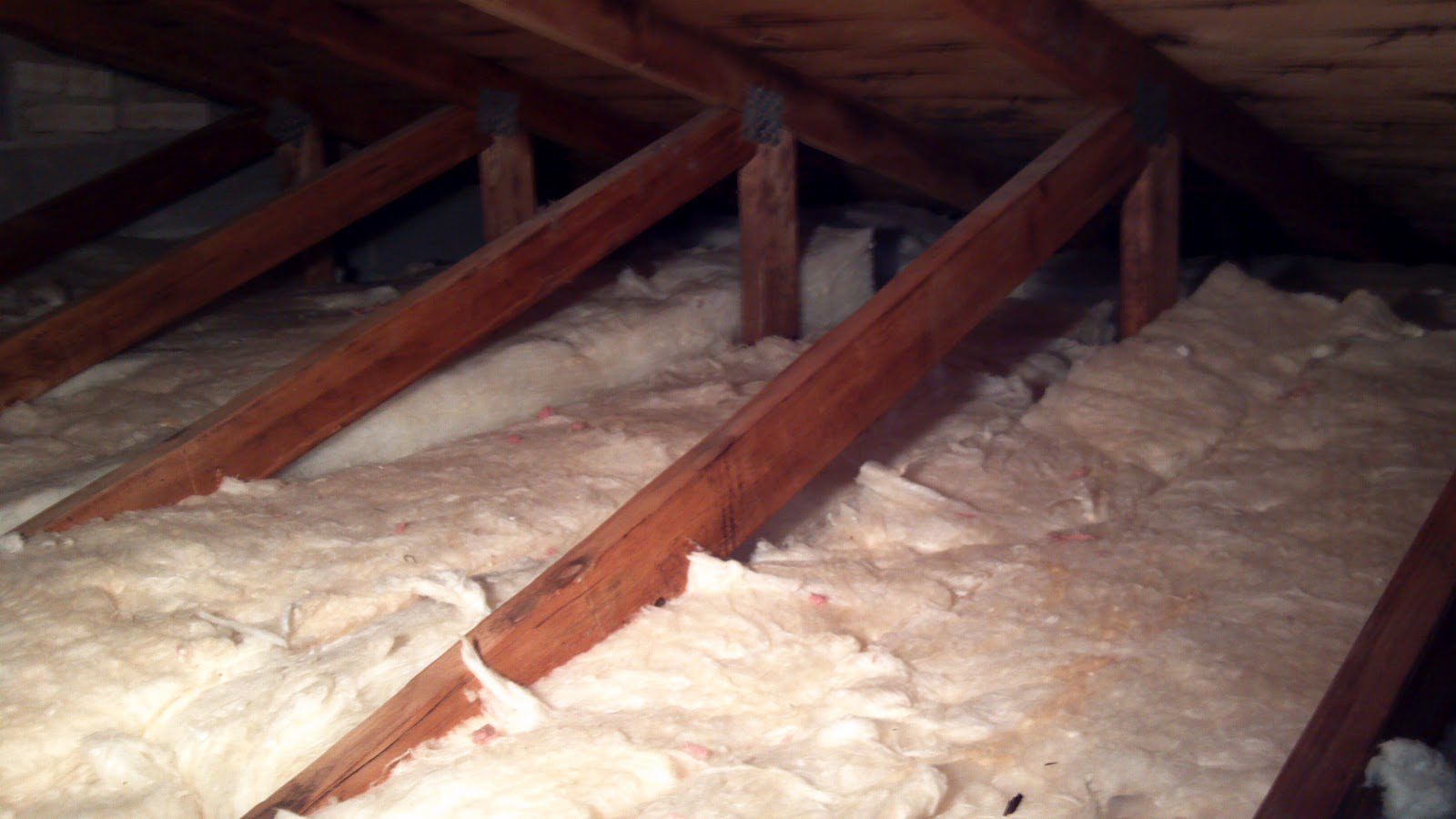

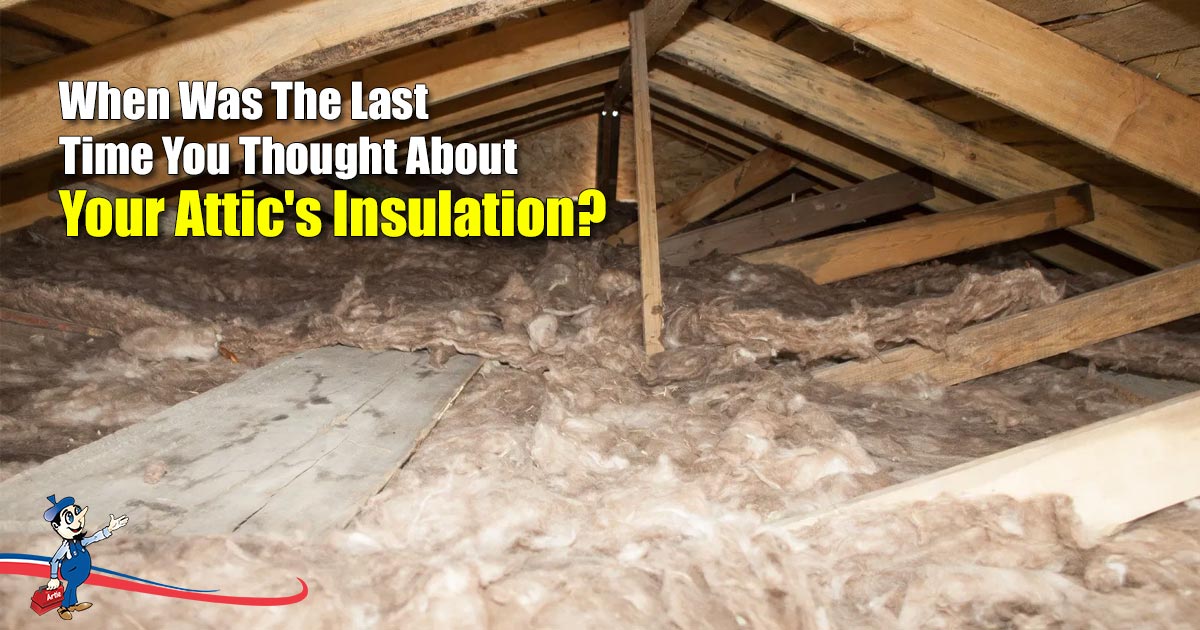





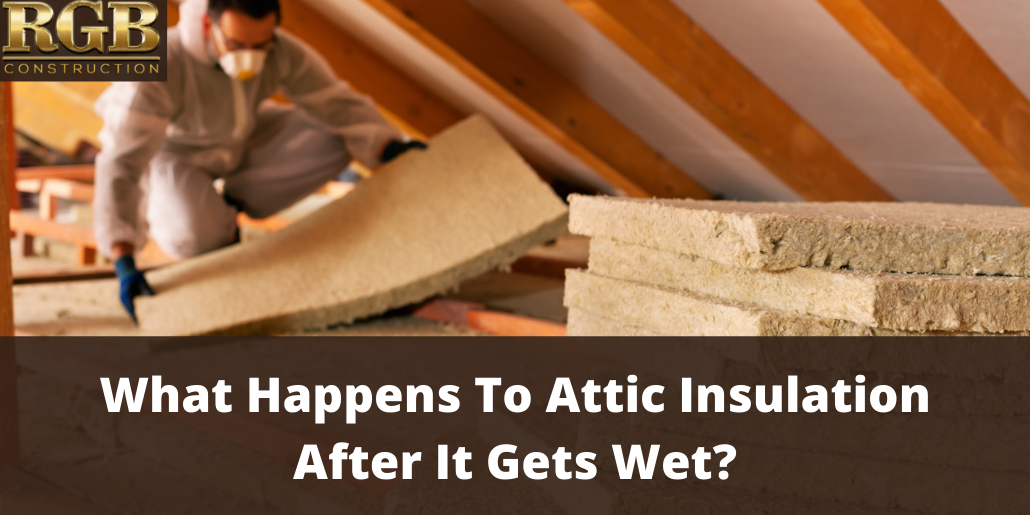
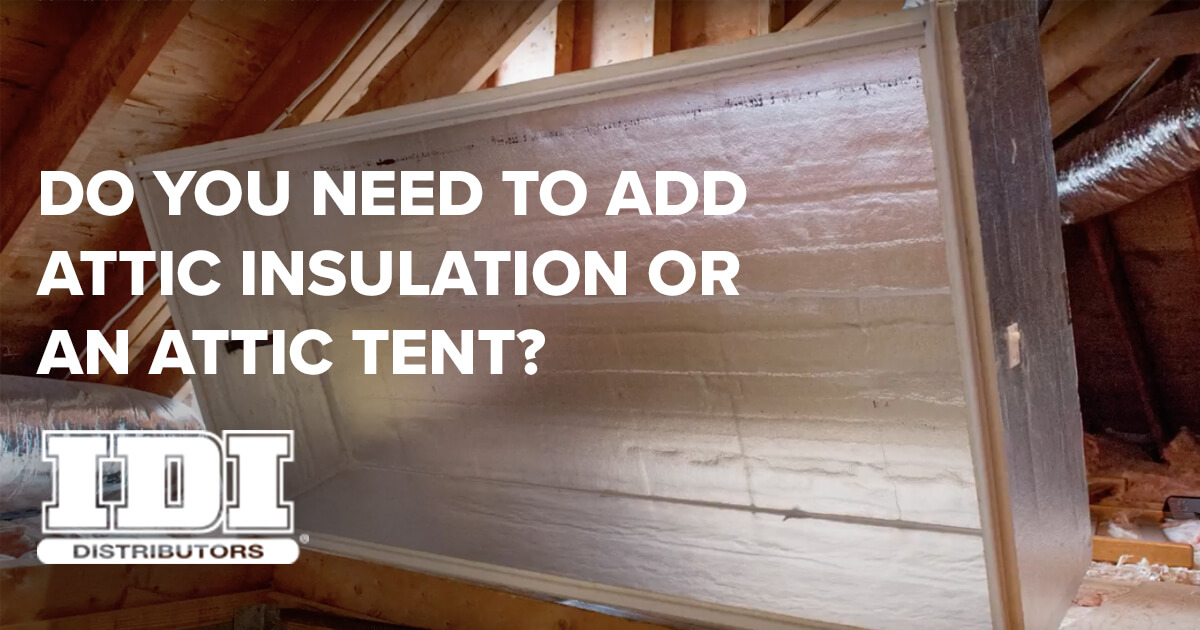
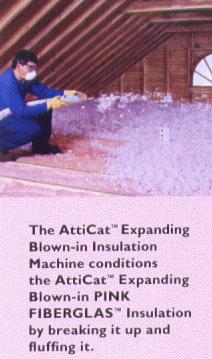


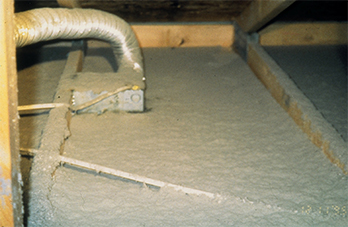


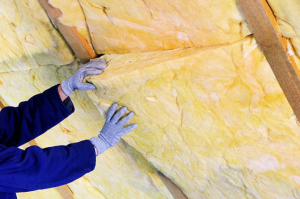






.webp)







